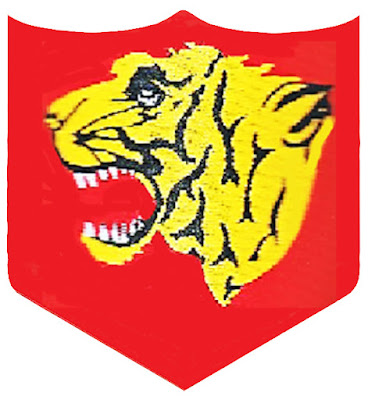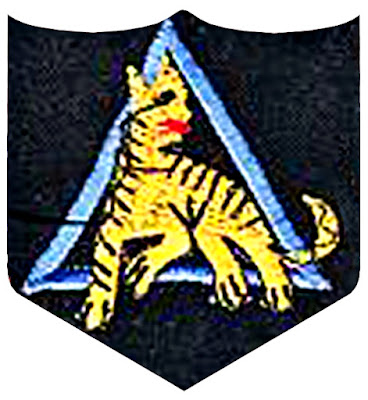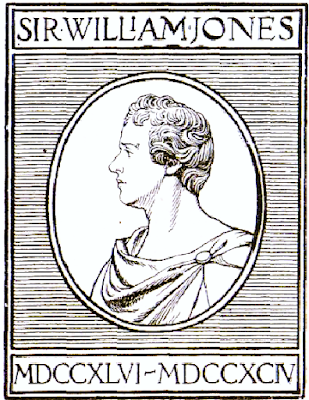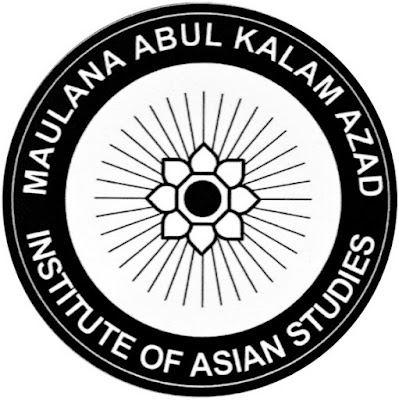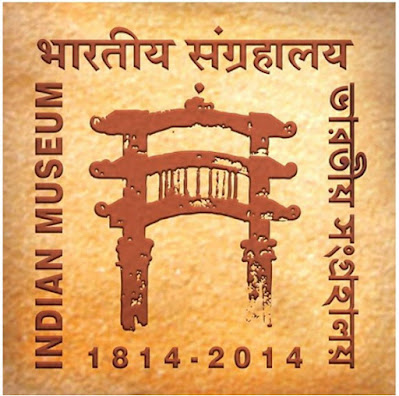26 INFANTRY DIVISION When the Japanese invaded Burma in 1942, the various units in training or stationed around Barrackpur near Calcutta in India were hastily formed into the ‘Calcutta’ Division on March 20, 1942. On May 15, the Division was retitled the Indian 26th Division. The division's badge was a Bengal tiger stepping through a blue triangle, representing the delta of the Ganges River, on a black background. For much of 1942, the division was heavily engaged in internal security and not regarded as battle-worthy due to lack of training and transport. It formed part of Indian XV Corps, but late in 1942, it was taken over directly by Eastern Army. Once reorganised, the division was in reserve for the first part of the Second Arakan Offensive, once again under XV Corps. When a Japanese counter-attack at Ngakyedauk cut off the forward troops, 26th Division was deployed to relieve them. It fought down the coastal plain to reopen the roads by which the 5th

